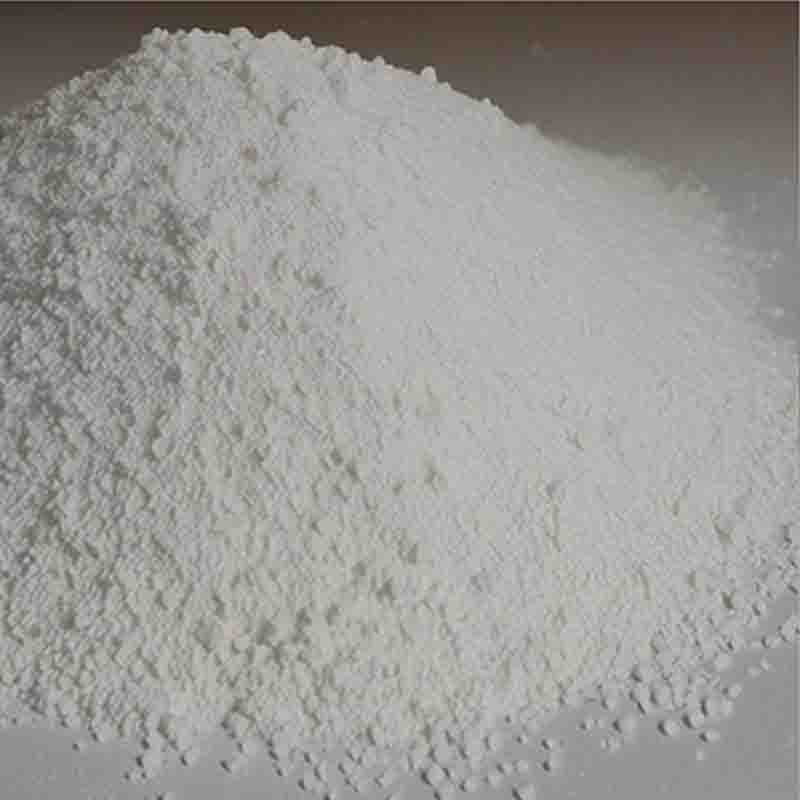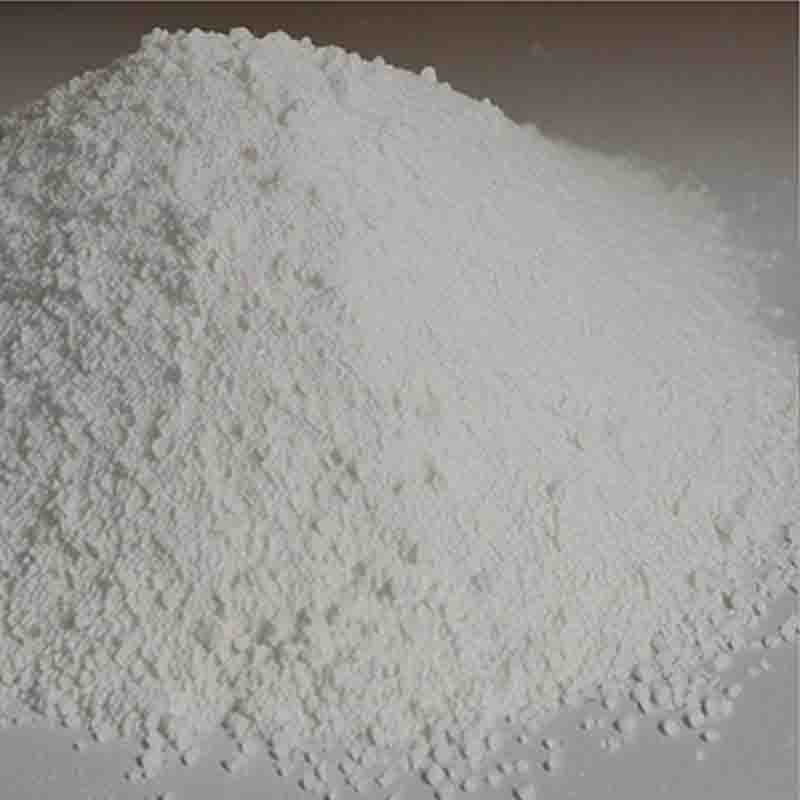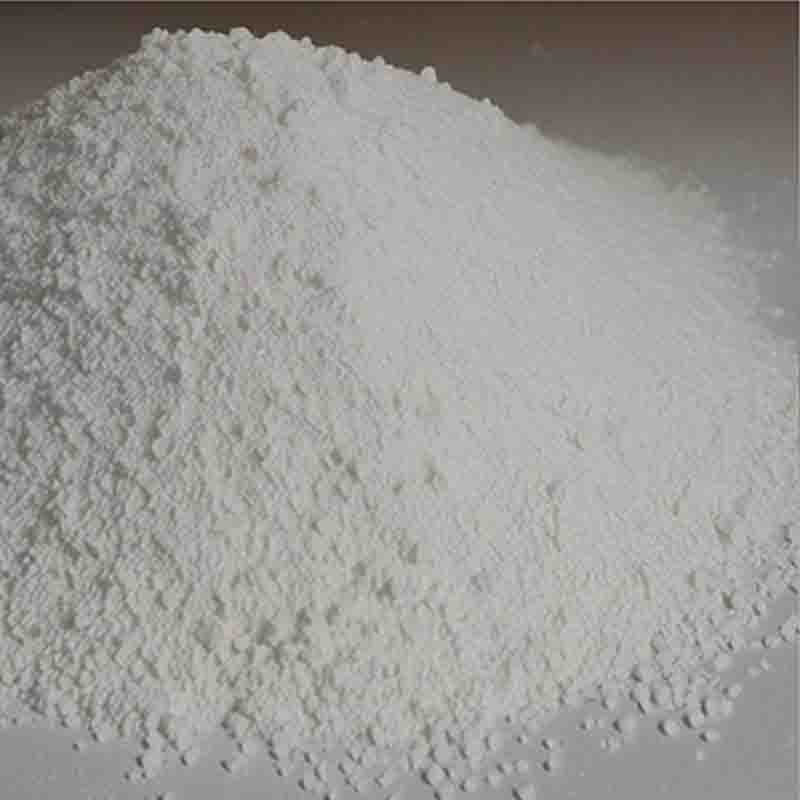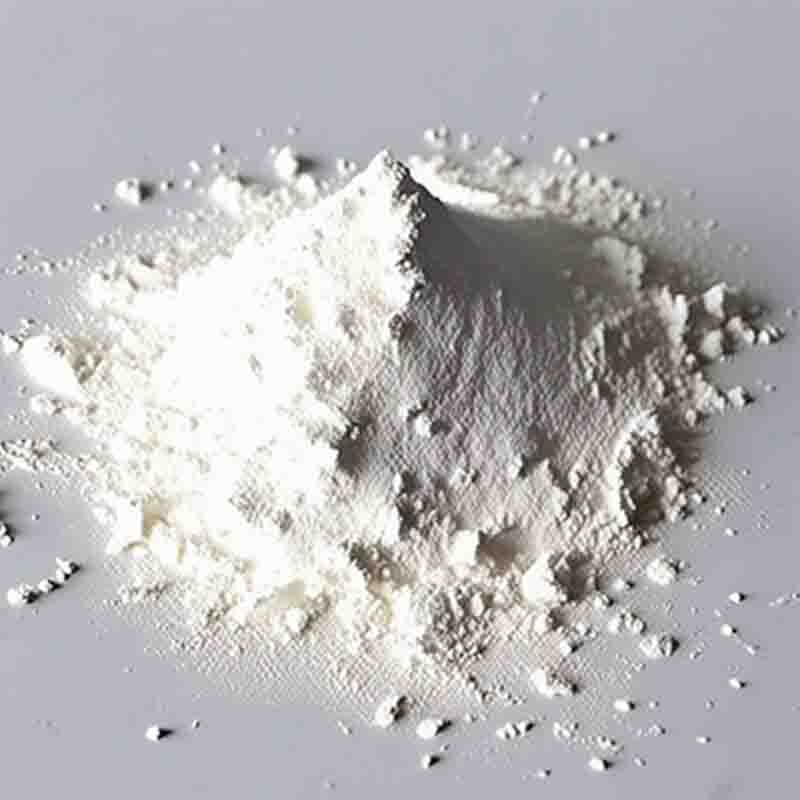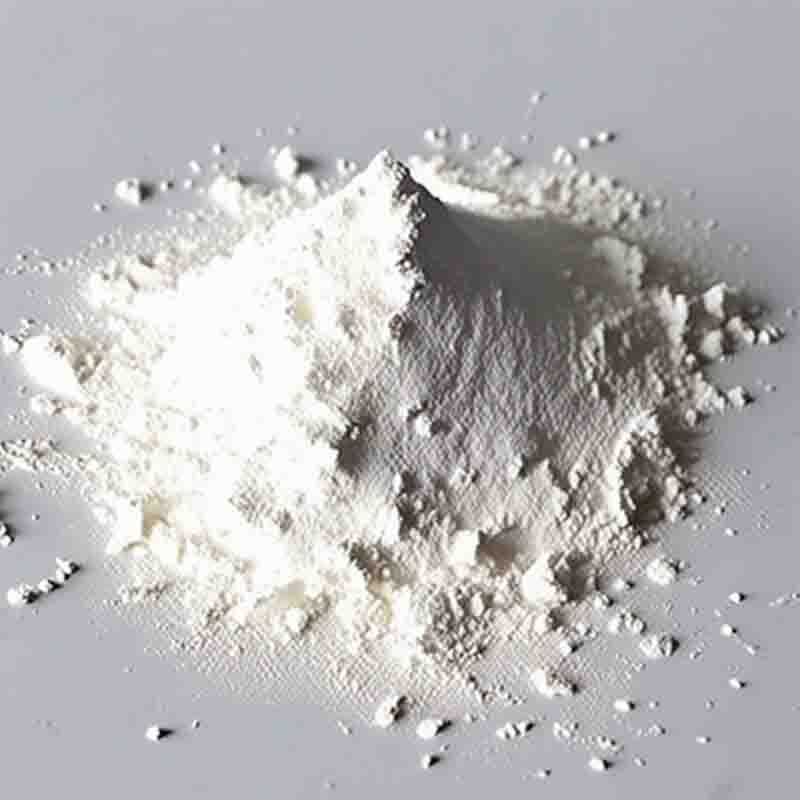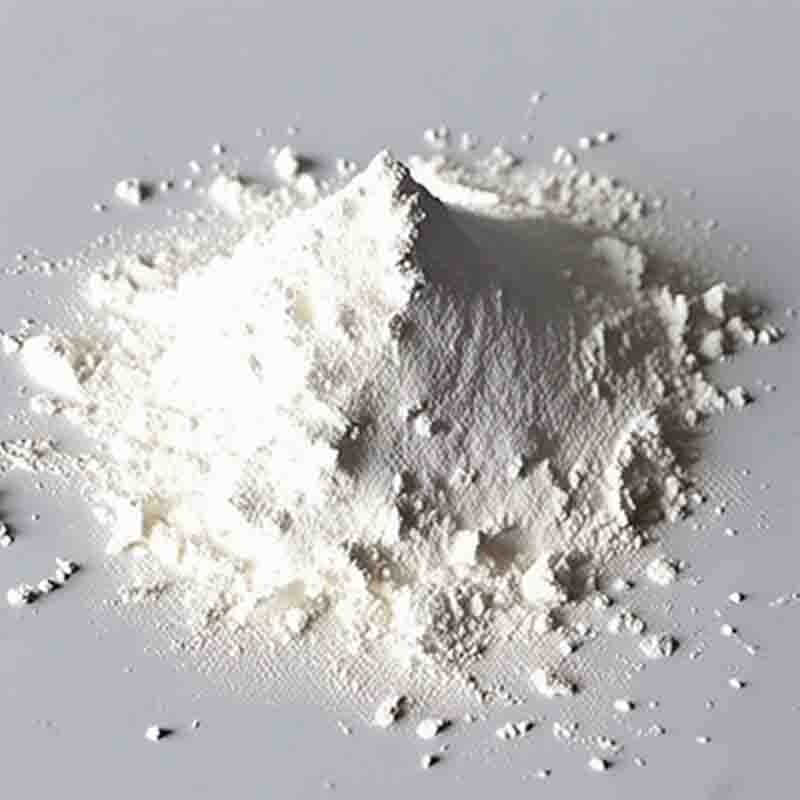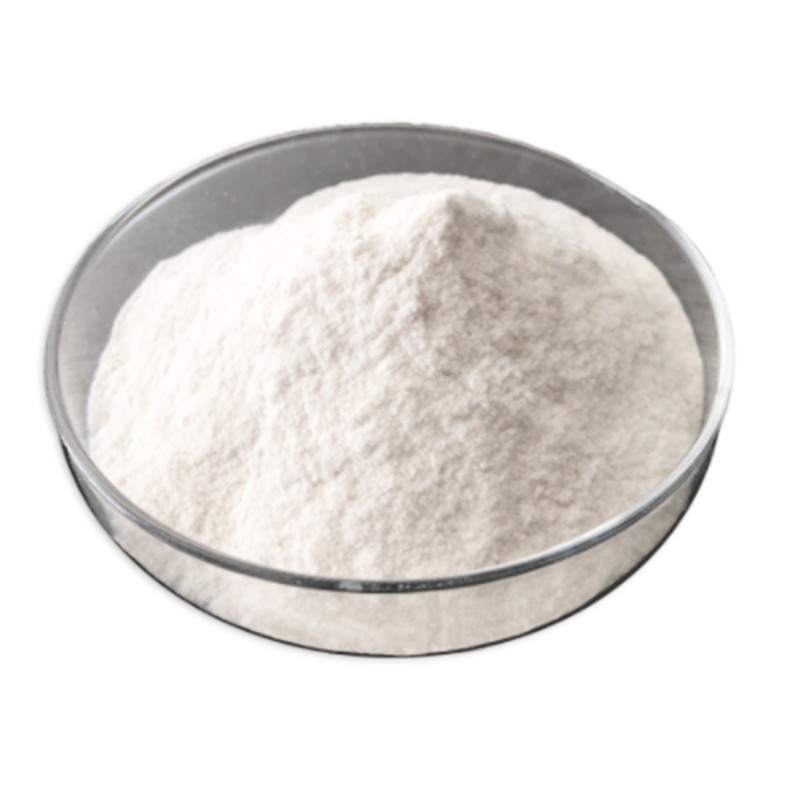Sronitiumacetate CAS: 543-94-2
| Catalog Number | XD94590 |
| Product Name | Sronitiumacetate |
| CAS | 543-94-2 |
| Molecular Formula | C4H6O4Sr |
| Molecular Weight | 205.71 |
| Storage Details | Ambient |
Product Specification
| Appearance | White powder |
| Assay | 99% min |
Strontium acetate is a chemical compound with various applications in different fields. Here are some of its main uses:
1. Flame retardants: Strontium acetate is commonly used as a flame retardant in various materials, including textiles, plastics, and coatings. It helps to reduce the flammability of these materials and improve their fire resistance.
2. Glass manufacturing: Strontium acetate is used in the production of special types of glass, such as optical glass and glass for cathode ray tubes (CRTs). It helps to enhance the optical properties of the glass, such as transparency and refractive index.
3. Catalysts: Strontium acetate can act as a catalyst in certain chemical reactions. It can promote the desired reactions and increase the efficiency of the process, making it useful in the production of various chemicals and pharmaceuticals.
4. Water treatment: Strontium acetate is sometimes used in water treatment processes to remove sulfate ions and improve the quality of the water. It can help to reduce the levels of sulfate compounds, which can be harmful to the environment and human health.
5. Animal nutrition: Strontium acetate is used as a dietary supplement for animals, particularly in poultry farming. It can help to improve bone health and strengthen the skeletal structure of the animals, leading to better growth and productivity.
6. Research and development: Strontium acetate is also used in research and development laboratories as a reagent or starting material for the synthesis of new compounds. It provides a versatile building block for the creation of diverse chemical structures and can be modified to introduce specific functional groups or properties.
In summary, strontium acetate finds applications in flame retardants, glass manufacturing, catalysts, water treatment, animal nutrition, and research and development. Its ability to enhance fire resistance, improve optical properties, act as a catalyst, remove sulfate ions, promote animal bone health, and serve as a reagent make it valuable in various industries and scientific fields.


